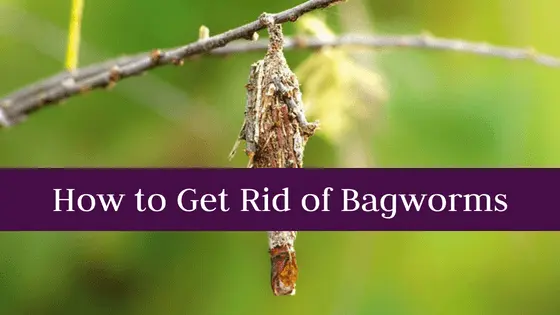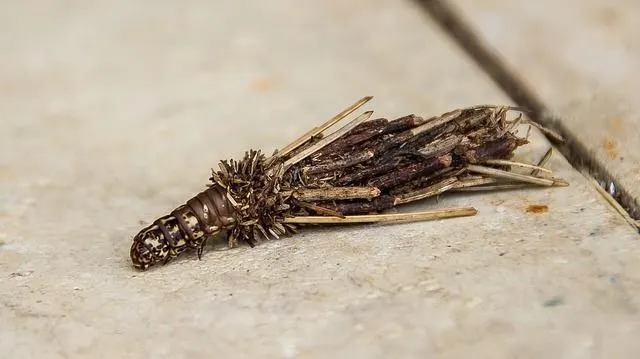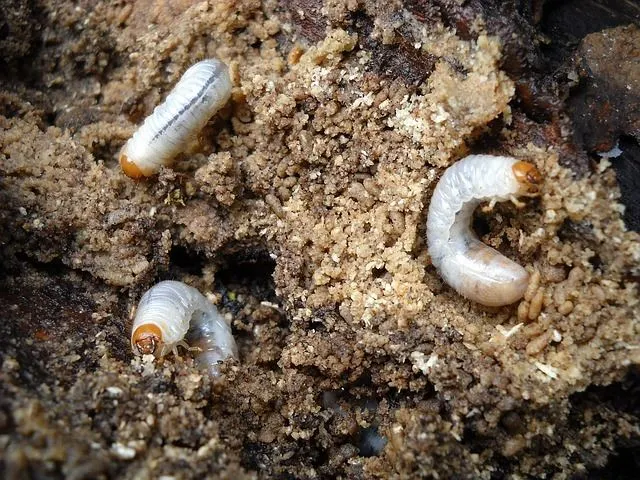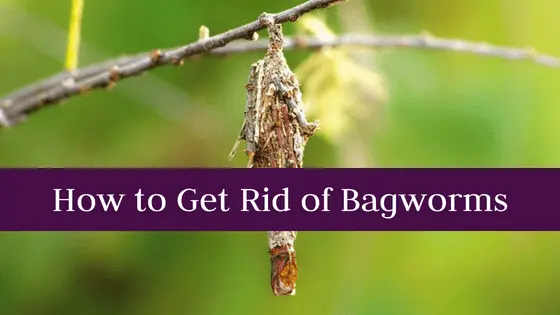Gardeners and plant enthusiasts know that a garden is like an ecosystem in itself. It has to be balanced. When one element is thrown off, the whole environment is affected. It is essential to pay attention to the health of each plant to ensure the health of the entire garden.

A tree can be in distress for many reasons. One of the culprits behind damaged trees is the bagworm. These creatures get their name from their appearance. You can see these as tiny pods or sacs protruding from trees and shrubs. They are small, but they can cause significant damage.
Like most pests, a bagworm problem tends to multiply. Keep trees safe by calling tree services when you notice their presence.
What are Bagworms?
A bagworm is the Thyridopteryx ephemeraeformis, more commonly known as the evergreen bagworm, in its larval stage. These creatures are native to North America. They can be found mainly in the Eastern United States. There are bagworms in the East Coast and the South East portions of the country.
The bagworm is not picky when it comes to vegetation. Bagworms can thrive in 120 types of trees. However, it does have its preferences. It is particularly attracted to evergreens like spruce and pine.
The bags that people see is not the actual creature itself. These are the cocoons. Bagworms make them out of silk and bits of material they have eaten off their host tree.
These cocoons are designed to camouflage the larvae so that it can mature undisturbed. In fact, they can sometimes be mistaken for pinecones. Bagworm infestations tend to be full-blown by the time someone notices them because they can hide in plain sight.
When the bagworm emerges, males transform into gray-colored moths. Females retain their appearance and die shortly after the pupae stage.
How Bagworms Cause Damage
There are two main ways bagworms cause harm to trees. First, bagworms feast on the leaves. They can draw out the water inside the tree and strip the tree of its nutrients. One symptom of bagworms is browning on the foliage of trees and shrubs.
One tiny worm might not seem like it can cause damage against a big tree. But, each cocoon contains up to 1,000 eggs. Their sheer number can weaken a tree, no matter how healthy it is.

Another way that bagworms can affect trees is by basically strangling them with their silk. They wrap silk around the branches of the tree, and these can cause long-term damage.
Evergreens are particularly vulnerable to bagworm infestations. Bagworms often eat the needles, so the branches are stripped bare. If an evergreen loses 80% of its needles, it might not survive. On the other hand, deciduous trees like the oak are more resilient against bagworms that evergreens.
Their leaves can get gnawed on causing them to shed leaves. But, they can recover when the bagworms disappear.
It is important to note that the larvae are no only 2 mm when they emerge from the cocoon. Their small size makes it easy for them to spread. Even the wind can blow them to the landscape around a tree. An infected tree or shrub in the garden usually means that there are bagworms in the plants found in the surrounding area.
Bagworm Removal
Birds are the natural predators of bagworms. But, waiting for the birds to help save the trees is not the most efficient way to conduct pest control. Another way is to remove cocoons from the tree physically. It is useful, but it is time -consuming.
Fortunately, there are pest control services that specifically address the problem of bagworms. These professionals can employ a variety of methods. One way is by using horticultural oils designed to target the larvae. These oils are sprayed on the surfaces of plants to smother the pests.
Treatments take into consideration the life cycle of bagworms. Eggs usually hatch during the spring. The larva spreads out and feeds on the host plant. They spread out and start creating their cocoon. They continue feeding during the summer as they begin to mature. In the fall, the bagworm larvae seal themselves inside the bag.
Timing is everything when it comes to bagworm removal. Unlike grub treatment, which usually happens before the eggs hatch, bagworm treatments are most active on the larvae.

Newly emerged larvae are more vulnerable to the pest-control chemicals. Treating the trees when the bagworm has grown larger is a useless endeavor because it won’t be effective.
By definition, pests are destructive and invasive. Bagworms fit into this description precisely. They can overwhelm a tree and spread to other vegetation, disrupting the balance of the garden.
Places where the bagworm is commonly found benefit from scheduling regular inspection and maintenance to ensure the health of their trees. It can be put in rotation with lawn treatment to guarantee a healthy and thriving environment.
To request a free estimate, dial (817) 880-6052, or just click here to contact us online.




Comments (0)
Thanks for your comment!
Thanks for your feedback! Your comments have been successfully submitted! Please note, all comments require admin approval prior to display.
Error submitting comment!
There is a problem with your comment, please see below and try again.